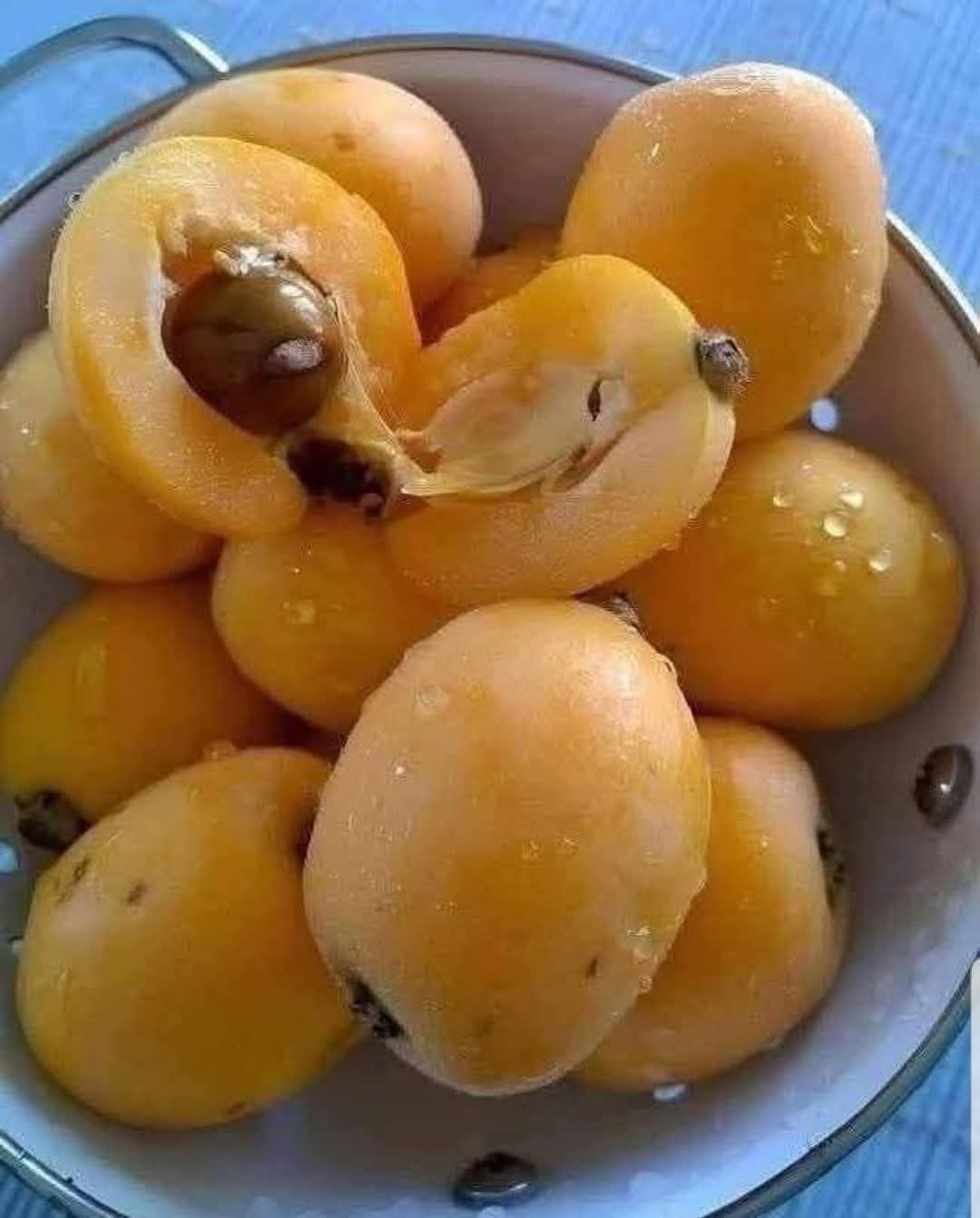Sure! Let’s have some fun with this poetic mystery. Based on your line — “My age has passed and I am searching for the name of this fruit.” — it sounds metaphorical, like a longing for something timeless, sweet, perhaps from youth.
Let’s choose a fruit with deep history, romance, culinary tradition, and a poetic place in many cultures: Fig.
Fig and Honey Glazed Tart with Almond Crust
🧾 Introduction
The fig, often called the “fruit of the gods,” is one of the oldest cultivated fruits in the world. Revered by ancient civilizations for its sweetness, sensuality, and symbolism, the fig is more than just a fruit — it is a story of history, culture, and longing. In this recipe, we dive deep into this luxurious fruit’s journey and craft a dessert that honors its legacy: a Fig and Honey Glazed Tart with Almond Crust.
This dish is for lovers — of food, of poetry, of passion. Let us guide you through the past and into the kitchen, where figs are not just ingredients but memories reborn.
🛒 Ingredients
For the Almond Tart Crust:
- 1 cup almond flour
- 1 cup all-purpose flour
- ½ cup unsalted butter (cold, cubed)
- ¼ cup granulated sugar
- 1 egg yolk
- 2 tablespoons ice-cold water
- ½ teaspoon salt
For the Filling:
- 1 cup mascarpone cheese (or cream cheese)
- ¼ cup honey
- ½ teaspoon vanilla extract
- Zest of 1 lemon
For the Topping:
- 10–12 fresh figs, halved or quartered
- 2 tablespoons honey (for glaze)
- 1 teaspoon lemon juice
- Fresh thyme (optional, for garnish)
🧑🍳 Method
1. Forming the Crust
- In a large bowl, combine almond flour, all-purpose flour, sugar, and salt.
- Add cubed cold butter. Using your fingertips or a pastry cutter, work the butter into the flour until it resembles coarse crumbs.
- Mix in the egg yolk and cold water until the dough comes together.
- Press into a tart pan and chill for 30 minutes.
- Preheat oven to 375°F (190°C). Prick crust with fork. Bake for 15–18 minutes until golden. Cool completely.
2. Making the Filling
- In a bowl, beat mascarpone, honey, lemon zest, and vanilla until creamy and smooth.
- Spread evenly over cooled crust.
3. Assembling the Tart
- Arrange the fresh fig halves over the mascarpone filling in concentric circles or creatively, like a blooming flower.
- In a small saucepan, gently heat the honey with lemon juice to form a glaze.
- Brush the glaze over the figs for shine and sweetness.
- Garnish with fresh thyme if desired.
📜 History of the Fig
Figs are one of the first plants cultivated by humans, dating back over 11,000 years. They were sacred to the Greeks, symbolic in Roman feasts, and central in Middle Eastern cuisines. In biblical and spiritual texts, the fig tree is a symbol of peace, prosperity, and enlightenment.
Cleopatra’s last meal is rumored to have included figs. Ancient athletes ate them for strength. In love poems, they are symbols of fertility and desire.
💞 Lovers of the Fig
- Cleopatra, Queen of Egypt: Her last luxury was figs.
- Pliny the Elder, Roman naturalist: Wrote extensively about their health benefits.
- The Prophet Muhammad: Referred to the fig as a fruit from paradise.
- Modern chefs: Love figs for their balance of earthiness and sweetness.
Figs are fruits for lovers, poets, seekers — and perhaps you, still seeking its name in the mirror of time.
🏺 Formation of the Fig
The fig is technically not a fruit, but an inverted flower — a syconium. Its unique pollination involves tiny wasps entering through a small opening to fertilize the internal flowers. This rare natural romance is why figs are sometimes seen as the most mysterious of all fruits.
🧠 Conclusion
The fig is a fruit of contradiction: ancient yet modern, sweet yet earthy, simple yet luxurious. When baked into a tart with honey and almonds, it becomes a dish that transcends seasons, age, and even words.
So maybe your age has passed… but this fruit waits patiently, as it always has, to be found again.
If you’d like a savoury recipe, or perhaps a romantic story woven around the fig, or even a version for lovers who can’t bake, just say the word.
